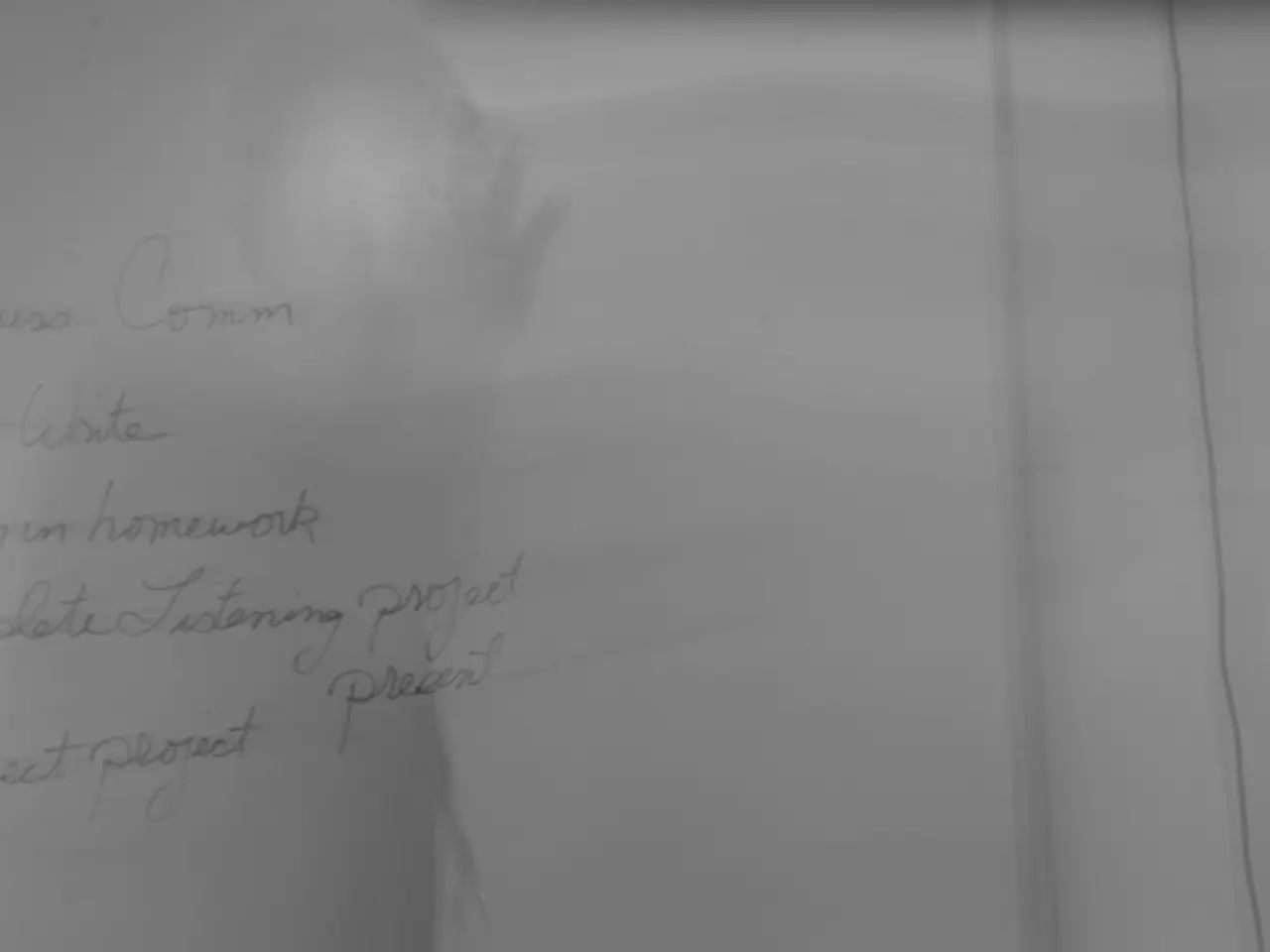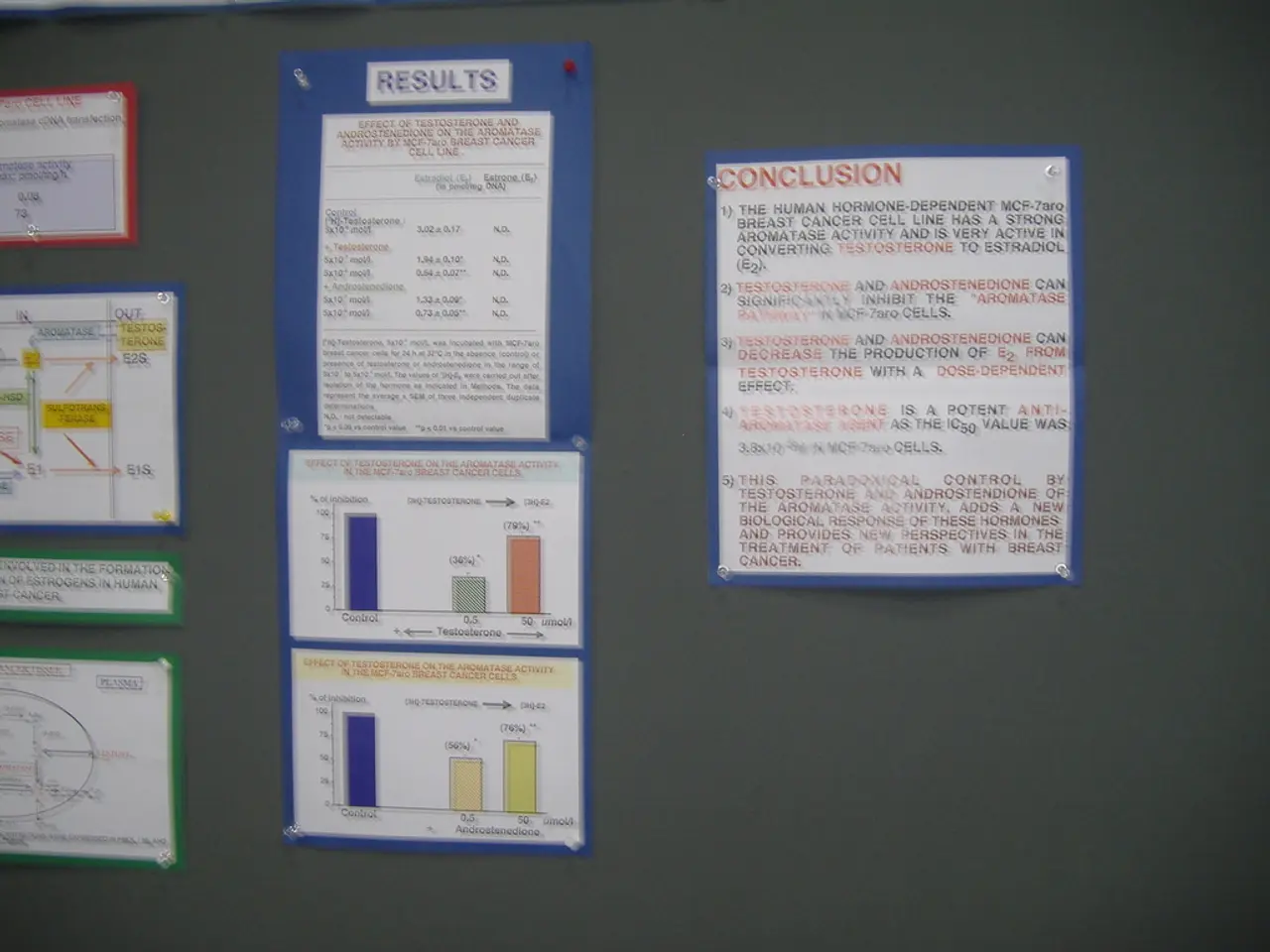Roth IRA Backdoor Explained: Its Nature and Establishment Procedure
=====================================================================
In the latest update to the SECURE Act 2.0, employers are now allowed to contribute on an after-tax basis to retirement plans, providing a new avenue for individuals to save for retirement tax-efficiently. One such strategy, known as the 'backdoor Roth IRA', is particularly beneficial for high-income earners who may otherwise be restricted from contributing to a Roth IRA due to income limits.
What is a Backdoor Roth IRA?
A backdoor Roth IRA involves depositing money into a non-deductible traditional IRA and then converting that IRA into a Roth IRA. This strategy allows high-income earners to take advantage of the benefits associated with Roth IRAs, such as tax-free withdrawals in retirement and the absence of required minimum distributions.
Steps to Set Up a Backdoor Roth IRA
- Prepare Your Traditional IRA: Ensure your traditional IRA has no pre-tax balance or roll over any pre-tax IRA funds into a 401(k) or other employer plan to avoid the IRS pro-rata rule, which could lead to unexpected taxes.
- Make Nondeductible Contributions: Make only nondeductible (after-tax) contributions to the traditional IRA before converting it. Report these contributions on IRS Form 8606 to track your after-tax basis and avoid double taxation.
- Wait for the Holding Period: Some custodians impose a brief waiting period, and converted amounts have a 5-year holding period to avoid penalties if you withdraw before age 59½.
- Seek Professional Advice: Given the complexity of the rules, it is recommended to consult a tax professional before attempting a backdoor Roth IRA conversion.
Navigating the Pro-Rata Rule
When converting traditional IRAs with both deductible and non-deductible contributions, the IRS's pro-rata rule applies, subjecting a portion of the rollover amount to tax at the individual's ordinary tax rate. To work around this rule when dealing with a traditional 401(k), you can use a reverse rollover by moving deductible IRA contributions and pre-tax earnings into the 401(k) and converting any remaining non-deductible contributions to a Roth IRA.
Benefits of a Backdoor Roth IRA
The primary benefit of a Roth IRA is that withdrawals are tax-free in retirement, and Roth IRAs are not subject to required minimum distributions. By using a backdoor Roth IRA, high-income earners can bypass the income threshold for contributing to a Roth IRA and enjoy these benefits.
Contribution Limits
In 2025, one can contribute up to $7,000 to a Roth IRA, or $8,000 if age 50 or older. Income limits apply for full and reduced contributions to a Roth IRA. For married couples filing jointly, the income limit for a full Roth contribution is $236,000, while those with incomes of up to $246,000 can make a reduced contribution. For singles, the income limit for a full Roth contribution is $150,000, with those making up to $165,000 eligible for a partial contribution.
By following these steps and seeking professional advice, you can successfully navigate the backdoor Roth IRA conversion process and minimise tax liability, ensuring a smoother path to tax-efficient retirement savings.
Investing in a backdoor Roth IRA can be a smart personal-finance strategy for high-income earners, as it allows them to contribute after-tax funds to a Roth IRA and enjoy the benefits of tax-free withdrawals in retirement and the absence of required minimum distributions. To set up a backdoor Roth IRA, individuals should prepare their traditional IRA, make nondeductible contributions, wait for the holding period, seek professional advice, and navigate the pro-rata rule to minimise tax liability. Understanding the contribution limits for a Roth IRA is essential, as individuals can contribute up to $7,000 annually, with income limits applying for full and reduced contributions.




